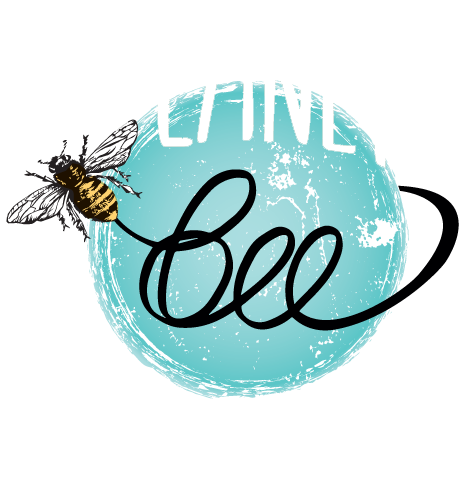
COMMUNITY SCIENCE
iNaturalist Native Bee Project
POLLINATORS IN YOUR NEIGHBORHOOD PROJECT ON INATURALIST
Interested in learning more about the pollinators and plants in your backyard? Become a community scientist and explore your neighborhood with the iNaturalist Project! It’s a quick and easy way to gather data in the palm of your hand with a smartphone or tablet. The app is completely free to download and our fun and easy to understand instructions will guide you on a journey to becoming an expert community scientist!
WHAT IS COMMUNITY SCIENCE?
You don't need a lab coat to participate in science! Sometimes, scientists encounter questions that can't be answered by them or their team alone, and that's where community science comes in. Community science (sometimes called "participatory science" or "citizen science") is a form of research that provides everyday people the opportunity to contribute data to further our scientific understanding of important issues. Planet Bee’s community science project is a way for citizens to contribute to research through local observations and stewardship.
WHY BECOME A COMMUNITY SCIENTIST?
By becoming a Community Scientist with Planet Bee, you'll take on a crucial role in conserving our pollinators. Your participation in this research project will contribute to a deeper understanding of native bee biodiversity, with your findings shared among the scientific community, educational institutions, and bee lovers around the world. Let's dive into science together!
JOIN OUR NATIVE BEE COMMUNITY SCIENCE PROJECTS

1. Register
Join our community science initiative, Pollinators in Your Neighborhood, powered by the iNaturalist platform and developed in collaboration with the California Academy of Sciences and National Geographic. We offer guidance on participating in our project, from observing and identifying pollinators to mapping their presence in your area. You will utilize iNaturalist to uncover and categorize pollinators, then share your discoveries with the Planet Bee community!
2. Take a Picture
Get out and about in your neighborhood or backyard and photograph a pollinator. These can be found on flowers, in trees or in the ground.

3. Upload it to iNaturalist
Upload the observations to iNaturalist to provide valuable data for pollinator conservation researchers. This data includes insights into local pollinator abundance, diversity, seasonality, and resource preferences. Join us in making a meaningful impact on pollinator conservation efforts!

